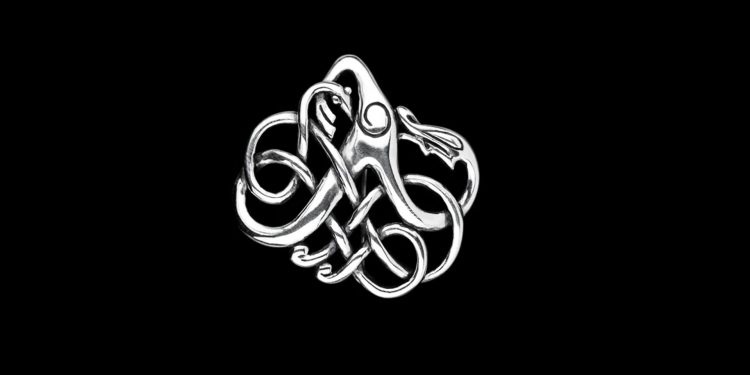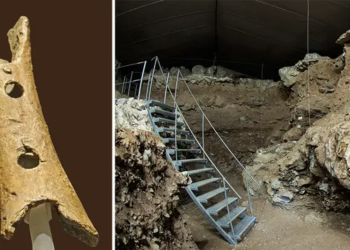The captivating Urnes brooches, popular in the late Viking and Middle Age periods, have seen a surge in discoveries in Norway due to the rise of metal detector enthusiasts. These intricate artifacts provide valuable insights into the fashion, beliefs, and lifestyle of people from those eras.
The Growing Popularity of Urnes Brooch Discoveries
In the past decade, the number of Urnes-style brooches discovered in Norway has more than doubled, primarily attributed to an increase in metal detector hobbyists. These objects, often appearing as lumps of dirt with hidden treasures inside, are taken to conservation labs for further analysis and cleaning.
X-Raying the Past: A Significant Find in Eastern Norway
As explained by ScienceNorway, During the “Intercity Sørli-Åkersvika” excavation project in Stange, Eastern Norway, conservator Margrethe Felter easily identified the Urnes brooch after an X-ray examination. She noted the artifact’s distinctive shape and possible gilding in a post on the Museum of Cultural History’s Facebook page. Following radiography, conservators can remove the dirt to reveal the true beauty of the brooch, providing a rewarding experience for Felter and other archaeological conservators.
Animal Motifs, Mass Production, and Cultural Significance
The Urnes brooch derives its name from the wood carvings of the Urnes stave church. The central motif is an animal figure with four legs, a long slim neck, and a bent head, surrounded by figure-eight loops. Researchers have suggested it could represent a lion, horse, or even a dragon. This animal style became popular during the transition from Old Norse to Christian faith. Identical brooches were mass-produced from clay molds, and some were gilded. Archaeologist Jessica McGraw noted that fragments of one such mold were found during excavations in Trondheim in the 1970s, revealing the production of the same type of brooch recently found in Stange.
A 1,000-Year-Old Mystery: Who Wore the Urnes Brooches?
The use of Urnes brooches by men, women, or both remains unknown, as these artifacts were not typically found in graves. Brooches were used during the Viking Age for decorative purposes and to secure clothing. The recent discovery of a Urnes brooch in topsoil suggests it may have been lost rather than hidden or offered to gods. The artifact could have belonged to someone from a nearby farmstead dating back 4,000 years. The archaeologists found traces of settlements from that time underneath the topsoil during excavations at two farmsteads, Næsten and Guåker, in Stange.
The Increasing Number of Finds in Norway and Beyond
According to a 2012 scientific article in the journal Viking, Urnes brooches were most commonly found in Denmark, where the number of discoveries had grown to more than 100 by 1994. In Norway, the number of finds in 2012 was around 27. However, the figure has at least doubled, if not tripled, since then, reaching an estimated 50-80 finds, largely due to an increase in metal detecting. Often, fragments of brooches are found rather than complete pieces. Although not a unique find, the latest Urnes brooch offers a valuable example of a style not commonly seen in museum collections.
PLEASE READ: Have something to add? Visit Curiosmos on Facebook. Join the discussion in our mobile Telegram group. Also, follow us on Google News.











